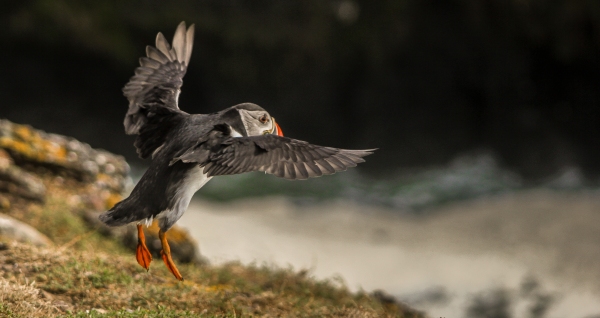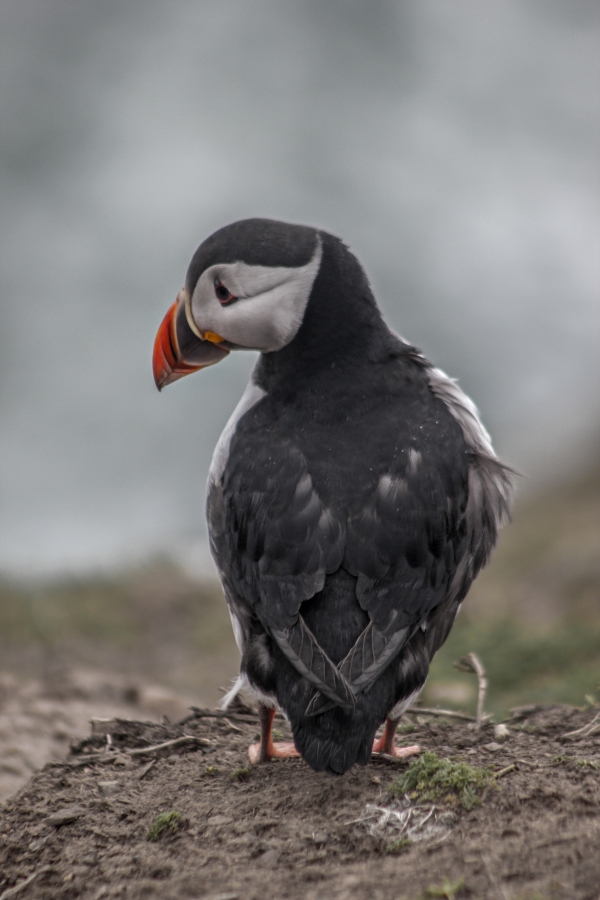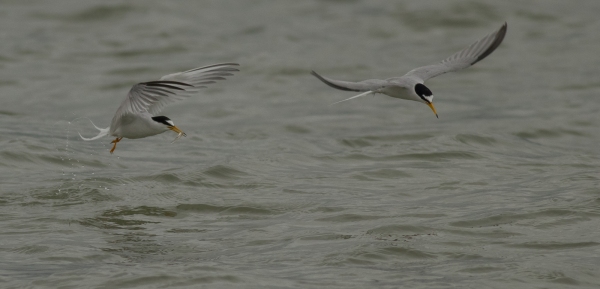Although I know seabirds exist year round, sometimes it’s hard to stay excited about them over winter when they’re mostly out to sea (and my work keeps me preoccupied in woodlands away from shore). But it is that time of year again when colonies all around Britain start springing to life again.
So over the Easter weekend I returned to my old patch in Rye Bay to see the Sandwich Terns starting to grow in numbers on the migration roosts. This is an important staging post for many terns on their way through, and some of the birds will of course stay for this years breeding season.

Can you spot the odd one out?
It was so nice to hear the chorus of tern calls again, even if it was just the Sandwich Terns so far. A call that is so harsh and piercing when heard on its own can become almost soothing when heard on mass against the backdrop of a windy coast (thanks storm Katie!). And it is a sure sign that many more birds are on their way back to our coasts. A few Med Gulls and hundreds of Black Headed Gulls were already in residence but still looking a little lonely without all the others, including hundreds of Common Terns and a handful of noisy Little Terns. Then the sound of summer will be in full force- a very different sound to the auk colonies I’ve worked on but just as comforting.






















